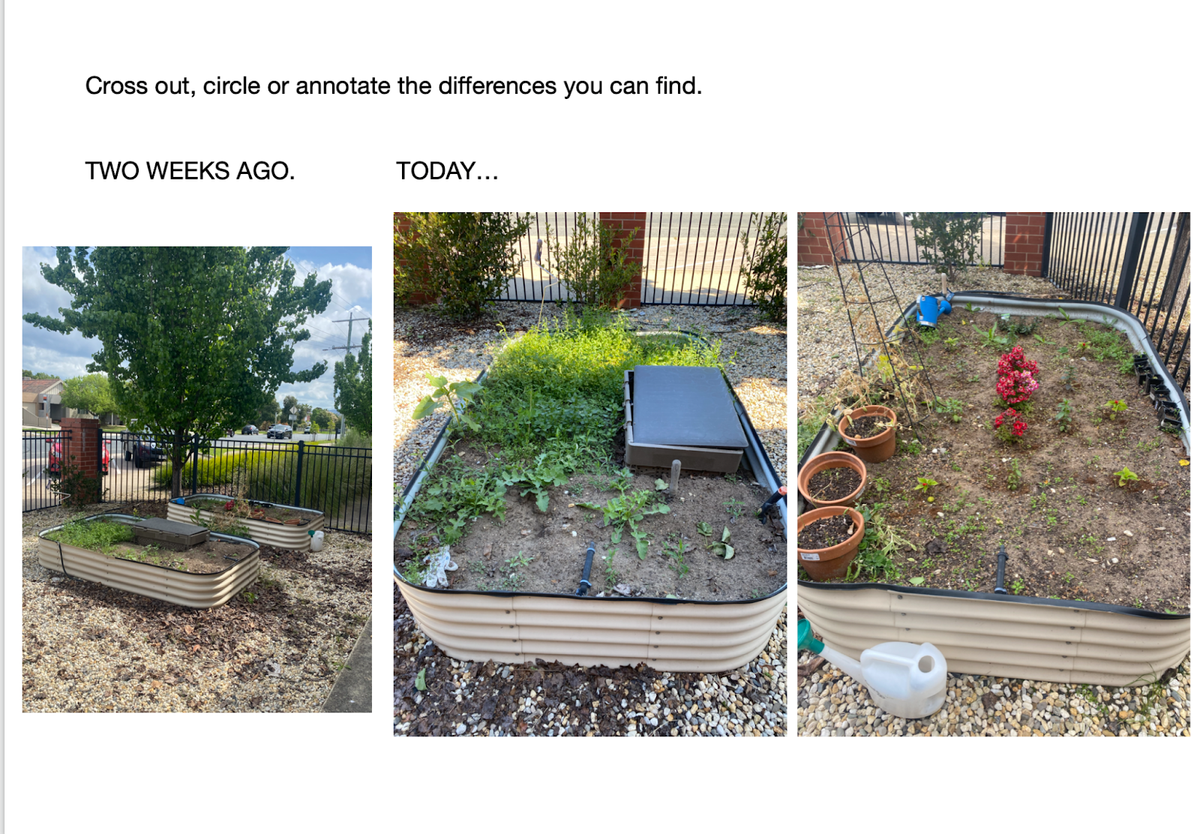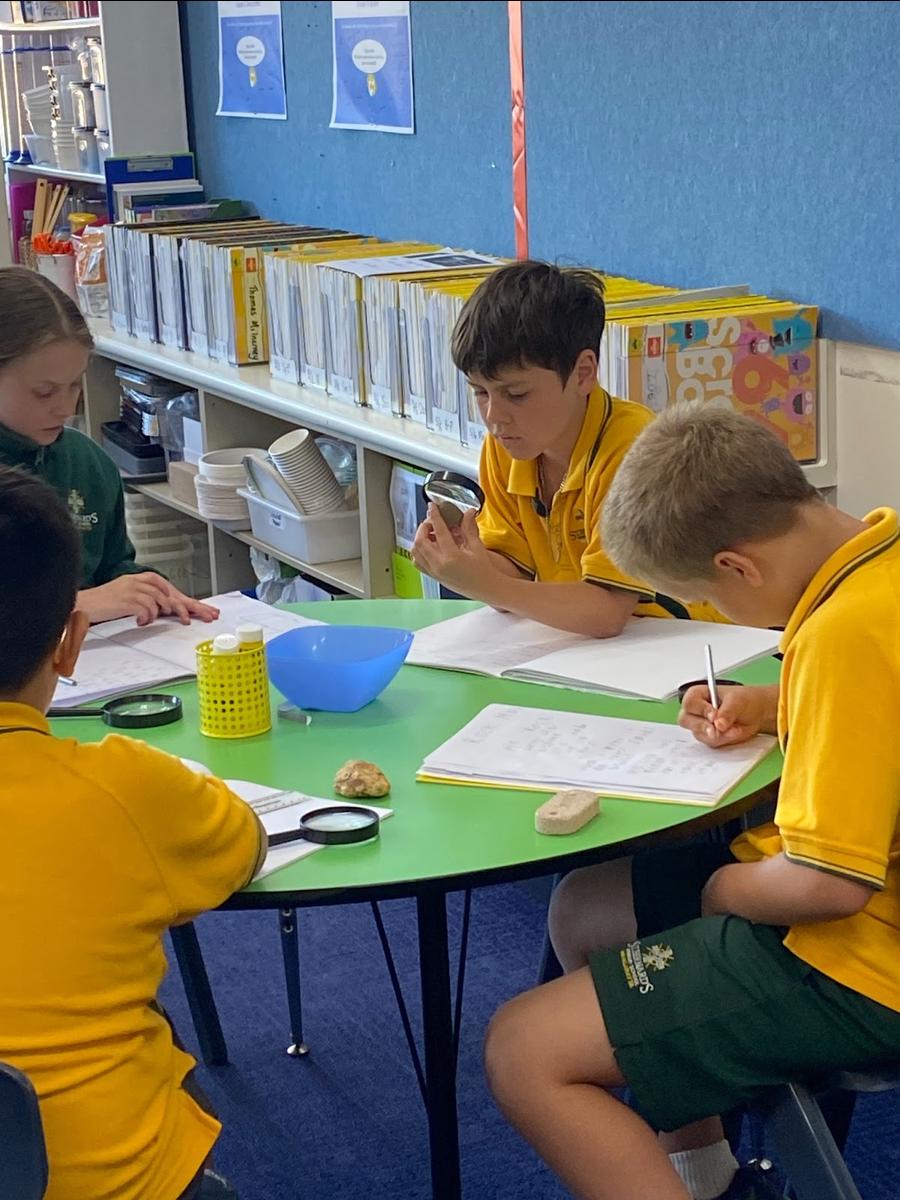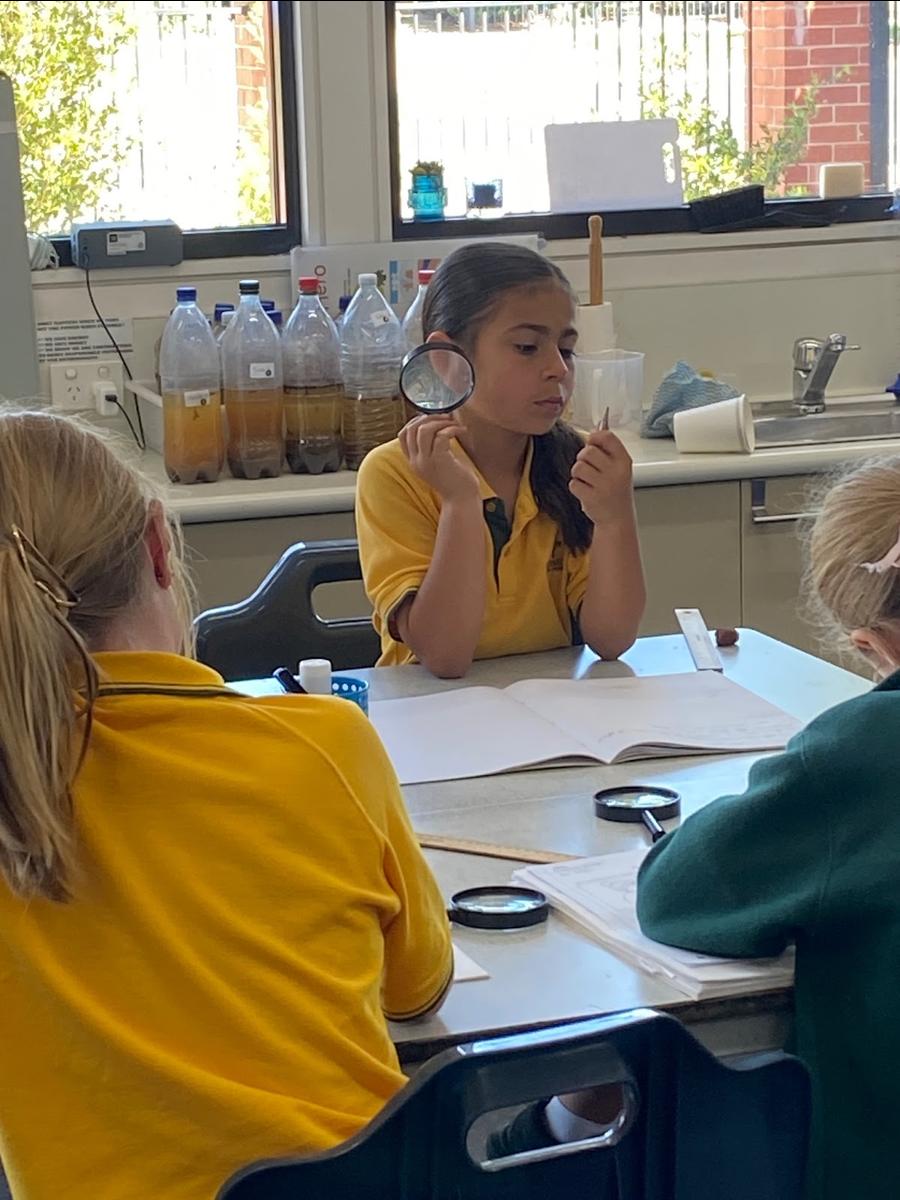Science

This term in Science we are focussing on Earth Science - the study of the Earth’s structure, properties, processes and four and a half billion years of biotic evolution!
The four basic areas of Earth Science study are :
Geology - the primary Earth Science , looks at how the Earth formed, it’s structure and composition and the types of processes acting on it.
Meteorology -the study of the atmosphere, atmosphere phenomena, and atmospheric effects on our weather.
Oceanography -the study of all things oceanic ,marine life and ecosystems, currents and waves, movement of sediments and seafloor geology
Astronomy -the study of everything in the universe beyond the earth’s atmosphere including the Sun, Moon, planets and stars
Foundation Science
Weather in my world.
Each day the weather affects our work and leisure activities.
The weather influences our decisions about what to wear and the things we do.
Severe weather phenomena such as droughts, floods and cyclones have serious impacts on communities.
Horticulture, farming, fishing and tourism are highly dependent on weather.
The accurate prediction of weather patterns and interpretation of weather forecasts are very important to our economy and lifestyle. Students' beliefs and understanding about the air, Sun and wind will be developed as they work through hands-on activities.
Through investigations, they will increase their knowledge of how the characteristics of weather affect their daily lives.
Grade 1/2
Up,down and all around
Look out your window and you will see a constantly changing world.
The Sun rises and sets and the sky reflects many different hues over a day.
The landscape, everything we know about the environment began by observing it. Environmental modelling, space exploration and city planning all rely on careful observations of the land and sky.
Over the first few weeks of Term 4, Grade 1/2 children have been observing the outside garden area environment, considering any changes that have occurred over a two week time frame, and also identifying natural and man-made objects in this area.
Grade 3/4
Beneath Our Feet
We live in a world that is constantly changing.
Even things that we might consider immovable such as mountains or rock formations are gradually changing, sometimes with processes that are visible in our lifetimes.
The modifications might affect us either through catastrophic events such as landslides or through gradual processes that change the quality and composition of soils we rely upon for sustenance.
Over the first few weeks of Term 4, Grade 3/4 have been looking at soil samples, and also soil solutions (soil from different areas of the school mixed mixed with water and left for a week to settle) to observe what they can identify in the soil, and the layers that form over time.
We have also begun to investigate different types of rocks, what they are made up of, how they are classified as where they may have come from (river or ocean rocks)
Grade 5/6
Earthquake Explorers
Major earthquakes cause dramatic changes to the Earth's surface.
Strong earthquakes can affect millions of lives by causing buildings to collapse, destroying roadways and bridges and affecting basic necessities such as electricity and water supply.
Fortunately, the majority of earthquakes are barely noticed.
It is still not possible to accurately predict where and when an earthquake will happen. However, greater understanding of their causes helps scientists estimate the locations and likelihood of future damaging earthquakes.
Over the past few weeks, we have looked at how earthquakes occur (transformative movement of the tectonic plates), how they are measured (The Richter and Modified Mercalli Scales) and the effects they have on cities where they may have occurred. We looked specifically at the 1989 Newcastle earthquake - Australia’s only known earthquake which caused fatalities.
Having felt the effects of a minor earthquake here in Wangaratta during 2021, the children have had many questions about the movement of the tectonic plates, how earthquakes are measured and how we can (if we can) predict earthquakes which we are beginning to record and research. In coming weeks we will plot the world's major earthquakes on a map, and make our own basic models of a seismometer.



